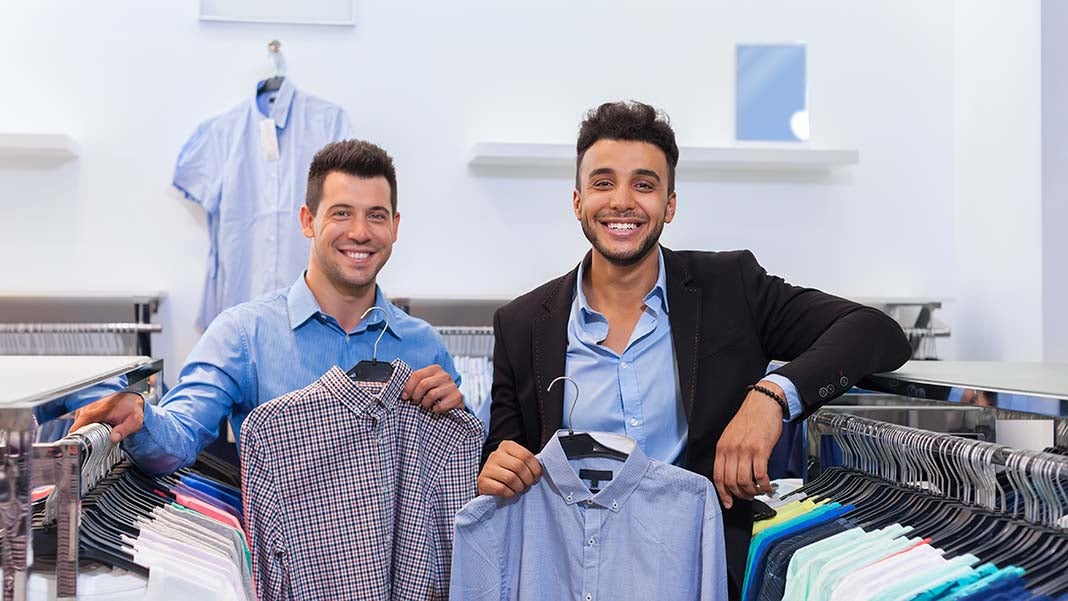
Retail is a rapidly changing environment, both online and offline. Technological advancements and a shift towards omnichannel marketing strategies have impacted both environments. Many retail predictions were made at the beginning of 2017 and, as the year continues to unfold, opinions are divided because of the political and economic landscape.
In the US, the effects of the Trump administration are sparking discussion and discourse. The administration’s focus on trade agreements and corporate tax reform could impact retail both nationally and internationally. In the UK, Brexit anxiety and business rate changes have caused uncertainty amongst retailers.
Some trends, however, are creating clear patterns that are set to continue. Here, the retail experts at The Display Centre tell you what they expect to see in the retail world during the rest of 2017.
1. Small Format Retail Is Surpassing Big-Box Layouts
Over the last decade, large-scale shops have enjoyed rapid growth, dominating smaller shops with their large footfall and big offerings. But in recent years, convenience stores have increased in popularity. Smaller shops have become so popular with shoppers that, in 2015, small-format retailers outgrew large-format shops by just under 400%—and this trend has continued.
As 2016 ended, many large retail chains began to focus more on online experiences, relying less on large brick-and-mortar stores. One of the main drivers for the popularity of small-format shops is that while many consumers prefer to buy things online, when the need is urgent, they don’t want to wait for delivery. They’d much prefer to go to a smaller shop to get what they need quickly, rather than waiting on the larger chain. This trend is set to continue throughout 2017.
2. Peg Letter Boards Will Be Everywhere
Peg letter boards are springing up all over the place. This is a good example of a retro trend making its way back into the spotlight. Peg letter boards have already made their way into pubs, cafes and hospitality businesses, but they’re also appearing in retail. Retailers such as Lush are using letter boards to drive their promotions.
Because of their retro style and their quick-change nature, they are an easy way to change promotional messages, while giving businesses an on-trend, home-made feel. There are greater options than there used to be, allowing brands to tailor them to their brand.
Keep your eyes peeled; soon, you’ll be seeing peg letter boards in places you never expected.
3. Checkout-Less Shopping Is on the Rise
Amazon’s physical shop in Seattle has taken advantage of new retail technology to make a checkout-less store. Customers simply pick up the products they want from the store and then leave. Sensors around the store record items that customers have picked up and automatically charge for them via the customer’s Amazon account when they leave.
This is a big step towards making customer experiences more streamlined and simple. In accordance with the small-format trend previously discussed, customers are seeking quick and easy ways to get what they need, without the hassle of long queues. Removing the checkout is one more step towards facilitating simple transactions.
4. Attitudes to Retail Staff Are Changing
In 2016, there were several disputes over unfair pay and working practices in large retail chains. Unrest over zero-hour contracts and the living wage has also been prevalent. In reaction to this, the UK government has been discussing forcing large companies to publish pay ratios between their on-the-ground retail staff and management. This could result in increased pressures on big retailers and may result in big changes to the attitudes the retail industry has to its staff.
5. The Market for Men’s Clothes Is on the Rise
For the first time ever recorded, the spending on men’s clothes has begun to outstrip the spending on women’s clothing. It is likely that men’s clothes purchases will continue to rise, estimated to increase by a huge 8.3% this year, compared to just 4.2% for women’s clothes.
In the past, womenswear has typically been displayed at the entrance to stores to entice customers inside. But, as the spend shifts—with men spending an average of $10 more than women — more and more shops are changing this layout. Big retailers such as Superdry have already made this change, with larger stores dedicating almost their whole ground floor to menswear. As 2017 continues to unfold, it is likely that more retailers will follow this pattern to capitalize on the ‘man-spend.’ Look out for it; many shop displays are about to make this change.
6. Experiential Retail Is a Must
Customer spend has shifted away from retail and toward experiences in recent years. But along with this change in what consumers want to do, there have been some interesting developments in response from the retail world. In an effort to make the high street more exciting, many cities have embraced pop-up shops. These are an excellent way for brands to engage with shoppers. The urgency created by a ‘here today, gone tomorrow’ attitude, combined with the chance to engage with exciting brands, makes pop-up shops a great way to drive customer engagement.
It’s not just about pop-up shops, though: it’s about creating an environment that is engaging for the consumer. This has seen retailers move towards creating more immersive experiences. Lessons from experiential marketers are being pulled through into the retail environment. Simple changes such as increasing your customer’s sensory experience through colors, scents and sounds can help shoppers engage with the items they are browsing. By providing them with the right mood and feeling, retailers can slow shoppers down and encourage them to linger for longer. This is something retailers will continue to capitalize on throughout 2017.
Author: Ali Newton is the Strategy and Marketing Manager for The Display Centre. The Display Centre’s team of shop fittings experts help retailers sell more with great shop displays. Ali combines her fine art and fashion qualifications with her market research experience and psychology degree to help retailers drive their sales.
3701 Views












